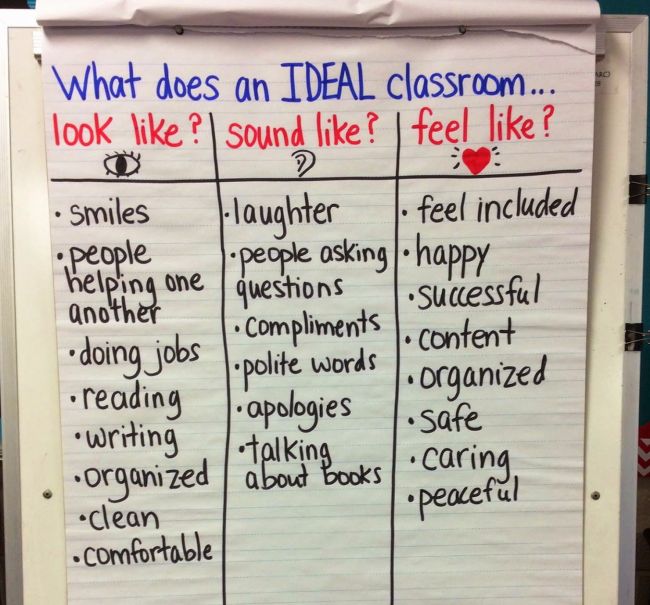Teachers often face the challenge of creating an engaging and interactive classroom environment, especially at the beginning of a school year, semester, or after a lengthy break. This is where icebreakers come in as invaluable teaching resources. They are activities designed to ease students into the learning process, encourage collaboration, and foster a sense of community.
Icebreaker activities are varied and can be tailored to fit different age groups and subject matter. For younger students, games that involve movement and simple questions can help burn off some of their natural energy, while also allowing them to learn something about their peers. An example could be “Find Someone Who,” where children must locate a classmate who has done something mentioned on a list provided by the teacher.
With older students or adults, icebreakers can be more discussion-based. These might include “Two Truths and a Lie,” where each person says two true statements about themselves and one falsehood while others guess the lie. This activity not only breaks the ice but also sharpens critical thinking as participants learn to discern truth from fabrication.
Icebreakers can also be academic in nature, serving as a bridge into the lesson’s content. For instance, if a history class is about to start a unit on ancient civilizations, the teacher might begin with a trivia game related to that topic. In this way, students are simultaneously tested on prior knowledge while getting excited about what’s to come.
Effective use of icebreakers can transform classroom dynamics. Students become more comfortable speaking up, participating in discussions becomes natural instead of forced, and an overall sense of camaraderie develops that cultivates a productive learning environment.
Incorporating these activities isn’t just beneficial for students; it can make teaching easier and more enjoyable. As students warm up to their peers and engage with the material in fun ways, they become more receptive learners.
Access to a variety of icebreaker resources is crucial for teachers looking to freshen up their toolkit. Numerous websites and books are dedicated to providing educators with creative ideas for their classrooms. Some platforms even allow community members to share and rate different strategies that worked for them, enabling teachers to choose tried-and-true methods.
In conclusion, icebreaker teaching resources are an essential component in the creation of vibrant classrooms where learning thrives. By kicking off sessions with these engaging activities, educators can set a positive tone for the rest of their lesson plans, helping students feel welcomed and eager to learn from day one.





